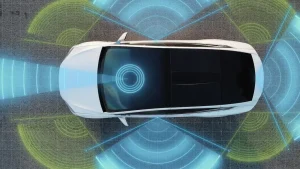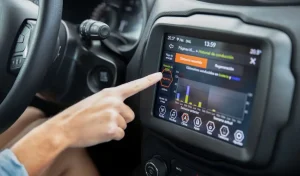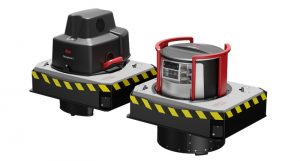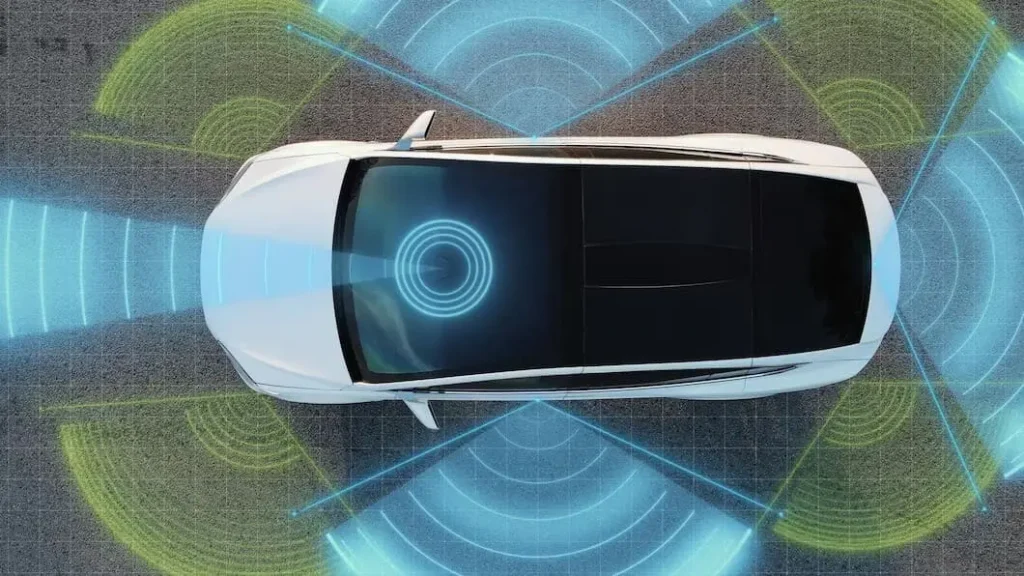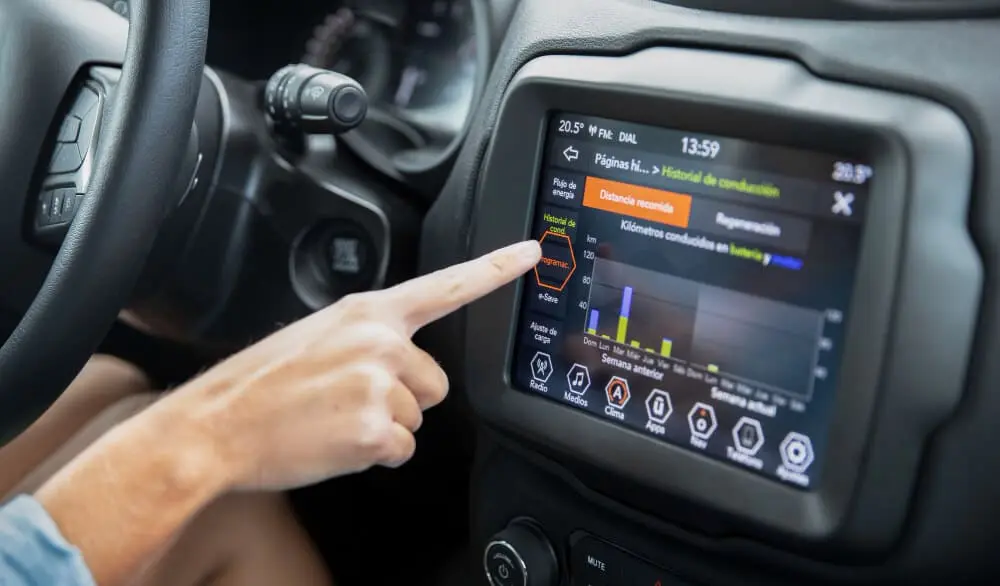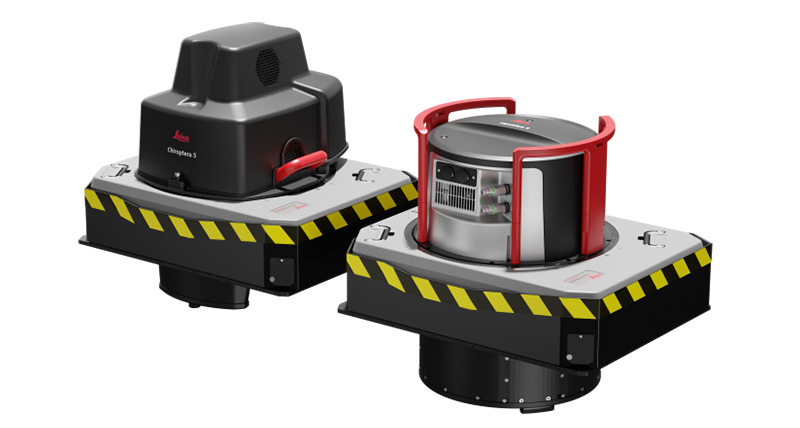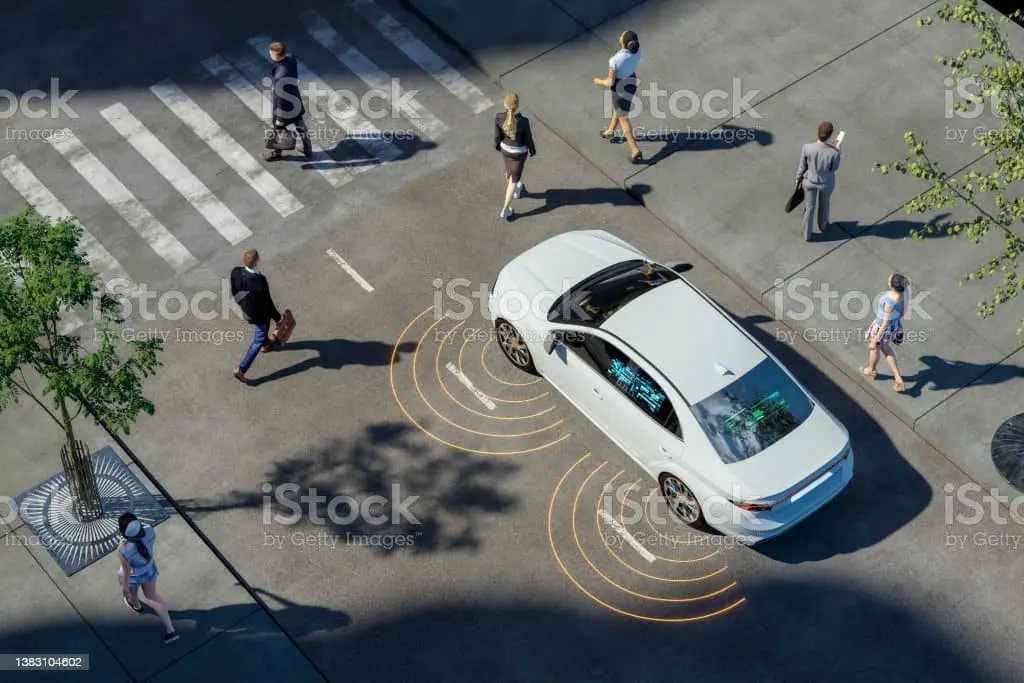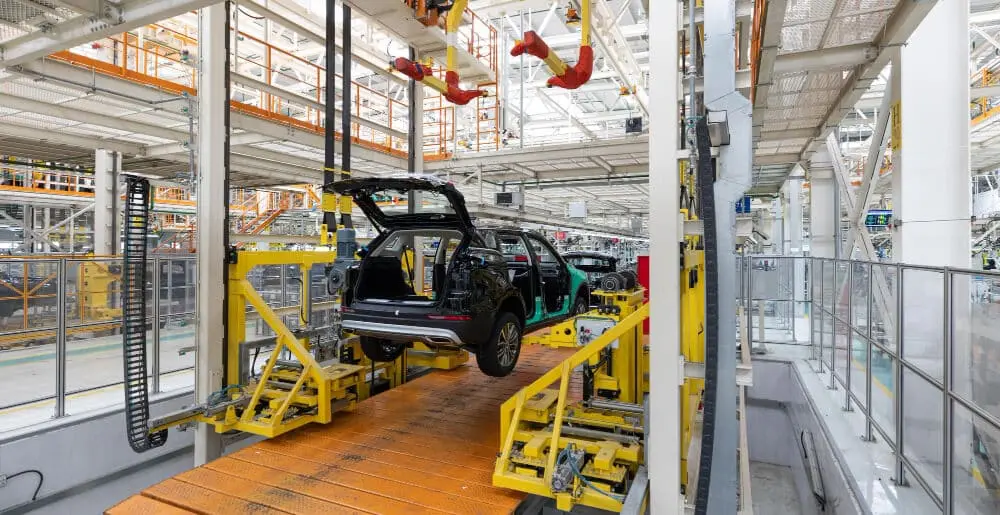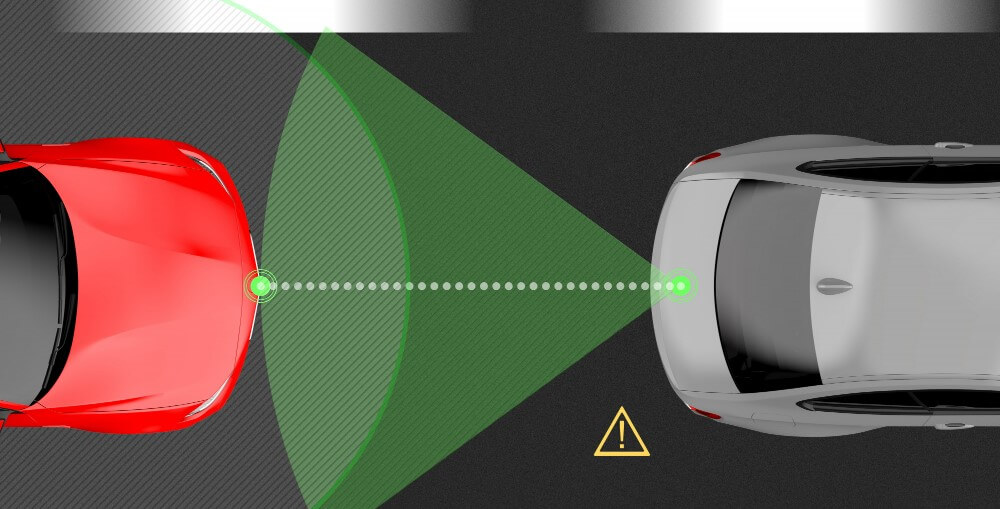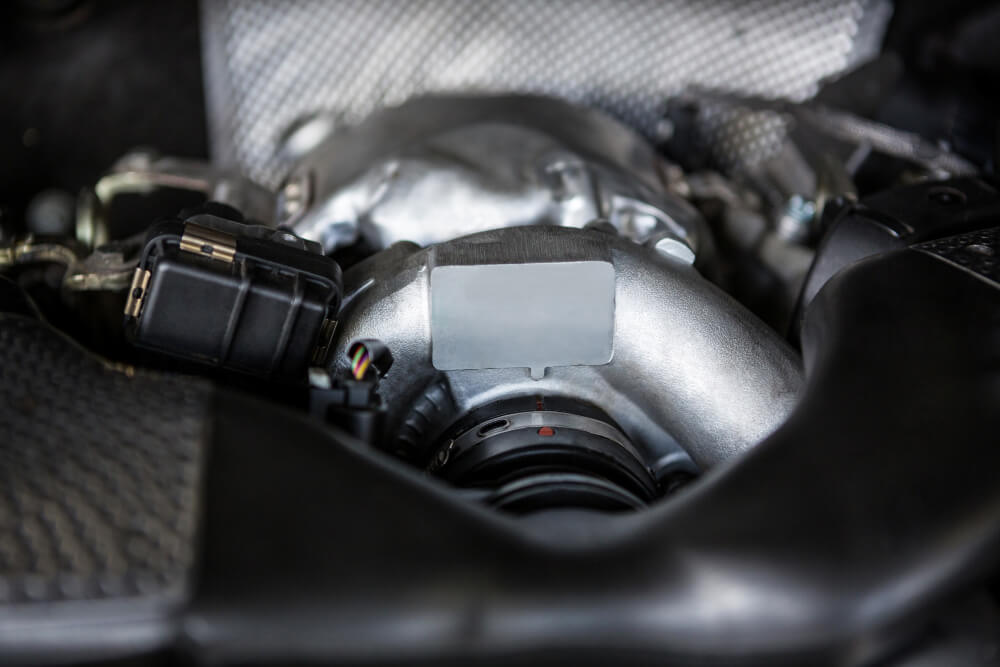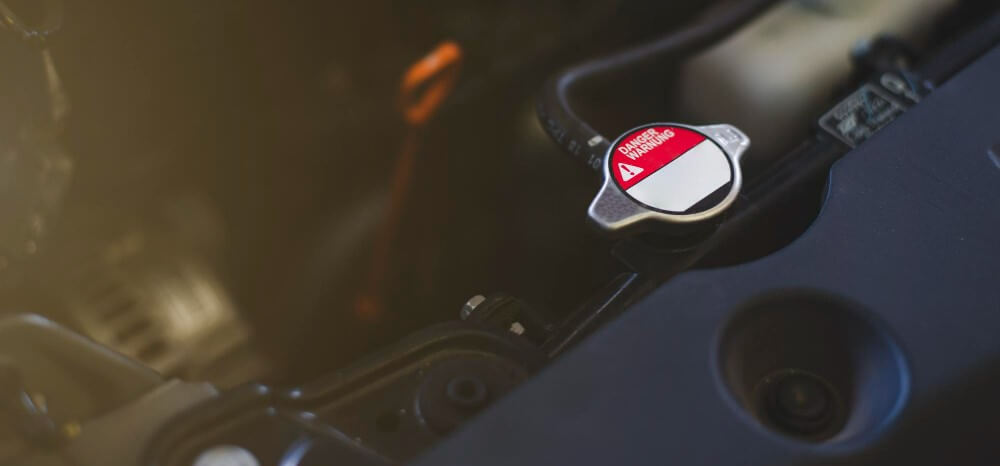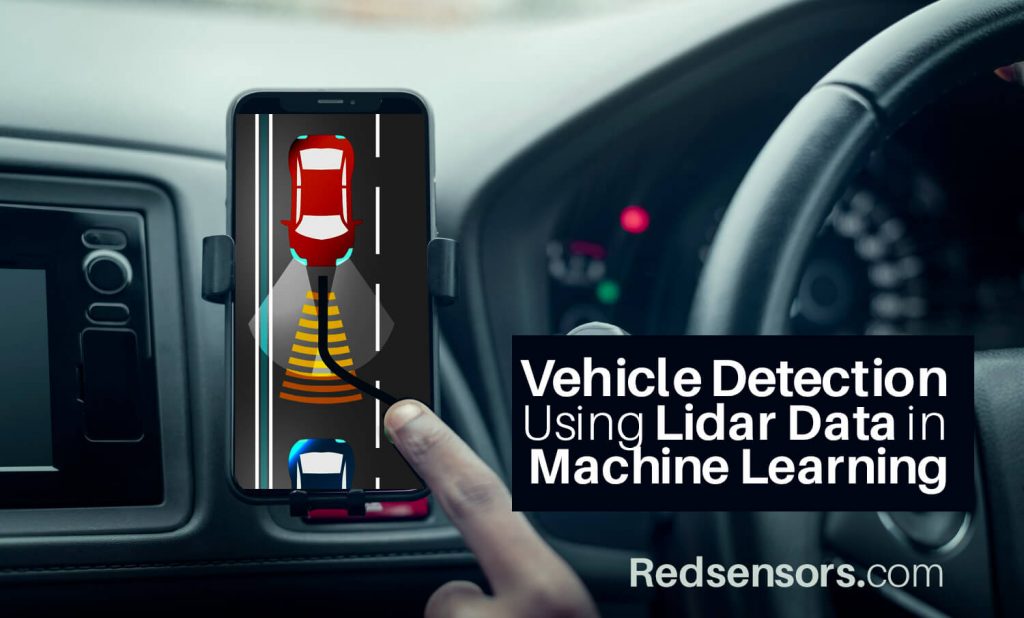
A vehicle detection system is an important component of modern transportation, security, and infrastructure systems. Vehicle detection systems must be accurate and reliable to ensure their safety and efficiency. One of the most promising technologies for vehicle detection is Lidar, combined with the power of machine learning.
A pulsed laser is used to measure distances using Lidar, or Light Detection and Ranging, a remote sensing technology. From autonomous vehicles to traffic management systems, Lidar provides high-resolution data combined with various applications. With the help of machine learning algorithms, Lidar data can detect and classify vehicles in real time with increasing accuracy.
This article will delve into the world of Lidar-based vehicle detection using lidar data in machine learning and explore this innovative technology’s benefits, limitations, and future. Whether you work in transportation or security or are interested in the latest technology advancements, this article is for you. So, let’s dive in and discover the potential of Lidar-based vehicle detection.
Benefits of Lidar in Vehicle Detection
Lidar technology offers several benefits when used for vehicle detection. Firstly, it can provide high-resolution data in real time, which is crucial for accurate vehicle detection and classification. Secondly, Lidar operates in a non-contact manner, which means that it does not require physical contact with the objects it is measuring.
Due to this, it is ideal for hazardous or inaccessible environments, such as harsh weather conditions or high-speed traffic.
In addition to these benefits, Lidar data can be combined with other data sources, such as camera images and radar data, to provide a more comprehensive view of the environment.
It can improve accuracy and robustness in vehicle detection using lidar data in machine learning and classification, particularly in challenging conditions.
Read Also: What You Should Know About Car Sensor
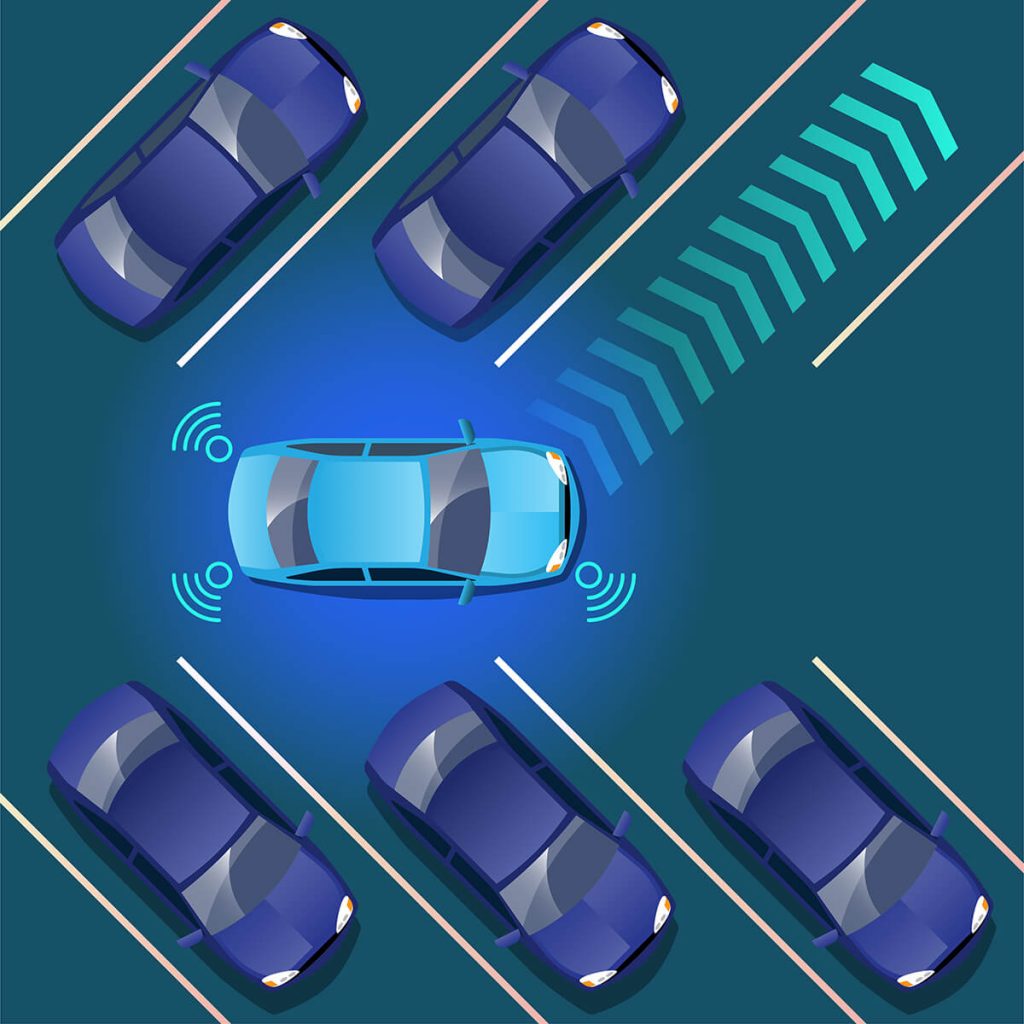
How Lidar Works for Vehicle Detection
Lidar data is typically used to detect vehicles in several stages. A Lidar sensor first scans the environment, creating a 3D map of the objects in its field of view. Machine learning algorithms are trained on this map based on annotated vehicle data.
In this algorithm, vehicles are identified and classified using point cloud segmentation, feature extraction, and classification techniques. These algorithms are then used to identify the location and characteristics of each vehicle, such as its size, shape, and direction of movement.
Lidar Data and Machine Learning Techniques
Successful Lidar-based vehicle detection using lidar data in machine learning is the quality of the Lidar data. A Lidar sensor with a high angular and radial resolution can provide better 3D maps to improve vehicle detection accuracy.
Lidar data can also improve vehicle detection accuracy with machine-learning techniques. These techniques include decision trees, support vector machines, and neural networks. With tags, these algorithms can detect and classify vehicles accurately in real-time.
Real-World Applications of Lidar-based Vehicle Detection
Vehicle detection with Lidar has many real-world uses, such as autonomous vehicles, traffic management systems, and security systems.
Autonomous vehicles will navigate safely and avoid obstacles based on Lidar data, which provides real-time information about the environment. As part of the development of fully autonomous vehicles, this technology is already being used in several prototype systems.
The use of lidar data in traffic management systems allows for more efficient control and management of traffic flows and congestion. It can reduce traffic congestion and improve road safety, which benefits drivers.
Lidar data can be used in security systems to detect and classify vehicles in real-time, providing valuable information for surveillance and threat detection. It can be used for border security, critical infrastructure protection, and crowd management.
Conclusion
When lidar data is combined with machine learning, lidar technology is an effective tool for detecting vehicles. Its high-resolution data and non-contact operation are ideal for autonomous vehicles, traffic management systems, and security applications. The quality of the Lidar data and the machine learning techniques used to process it are critical to vehicle detection accuracy using lidar data in machine learning.
Lidar-based vehicle detection may revolutionize how we approach transportation, security, and infrastructure challenges. As technology evolves and improves, we will likely see more real-world applications for this innovative technology.
FAQ on Vehicle Detection using Lidar data in Machine Learning:
How does Lidar work?
Lidar is a remote sensing technology that uses light as a pulsed laser to measure distances to the Earth. Lasers emit short pulses of light that bounce off objects and return to Lidar sensors. The distance is calculated using the travel time for the light to reach the object and return to the sensor.
What is the role of vehicle detection using lidar data in machine learning?
Machine learning algorithms play a critical role in Lidar-based vehicle detection by analyzing Lidar data. Vehicle presence is predicted using complex mathematical models in the algorithm. Real-time tracking of vehicles is then possible based on these predictions.
What are some real-world applications of Lidar-based vehicle detection?
Lidar-based vehicle detection is used for various applications, including autonomous vehicles, traffic management systems, and security systems. It is particularly useful for detecting and tracking vehicles in challenging environments, such as those with poor visibility or limited access.
What are the limitations of Lidar-based vehicle detection?
One of the main limitations of Lidar-based vehicle detection is its cost, as the technology and equipment can be expensive. Additionally, Lidar systems can be affected by weather conditions, such as rain, fog, or snow, reducing their accuracy and reliability. Finally, Lidar systems can also be subject to interference from other sources, such as reflections from buildings and other objects.
What is the future of Lidar-based vehicle detection using lidar data in machine learning?
We will likely see more real-world applications for Lidar-based vehicle detection as technology advances. We can expect continued innovation and growth in this area, which has the potential to revolutionize transportation, security, and infrastructure.

